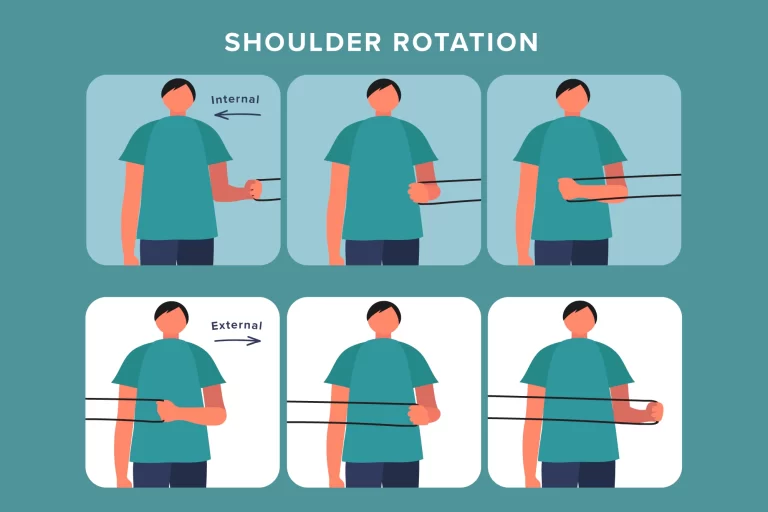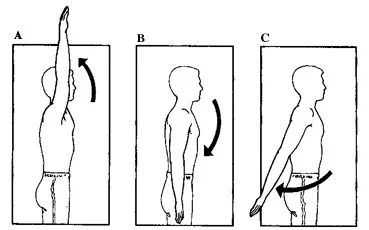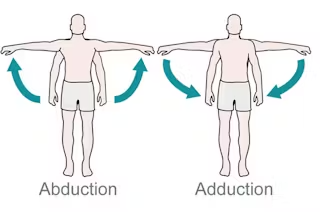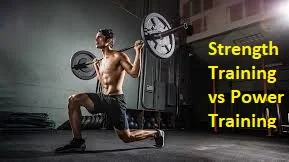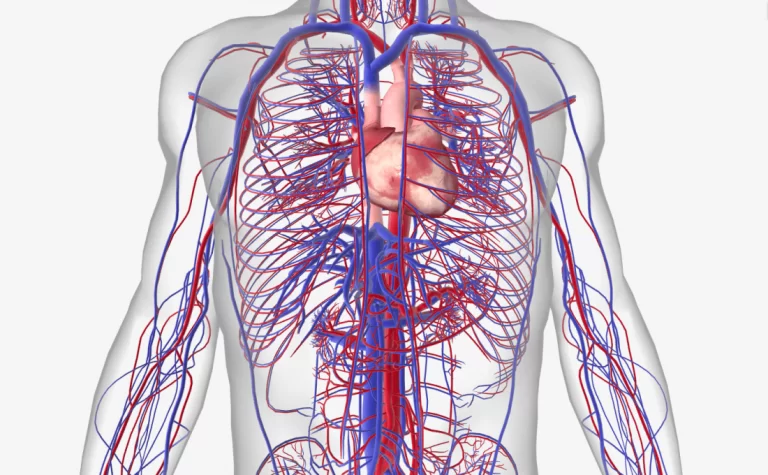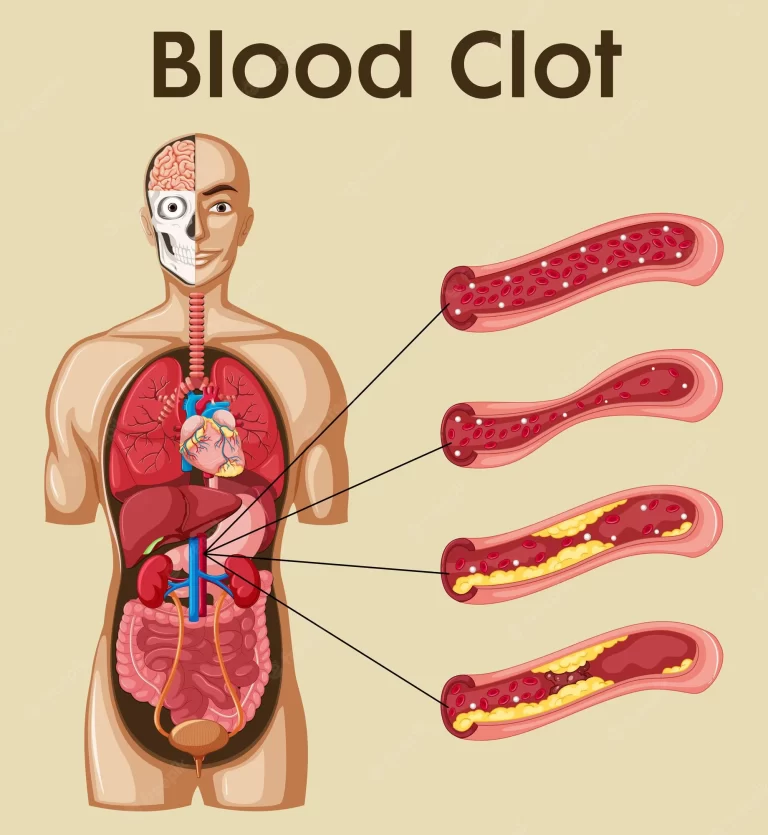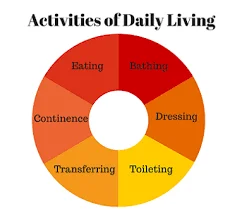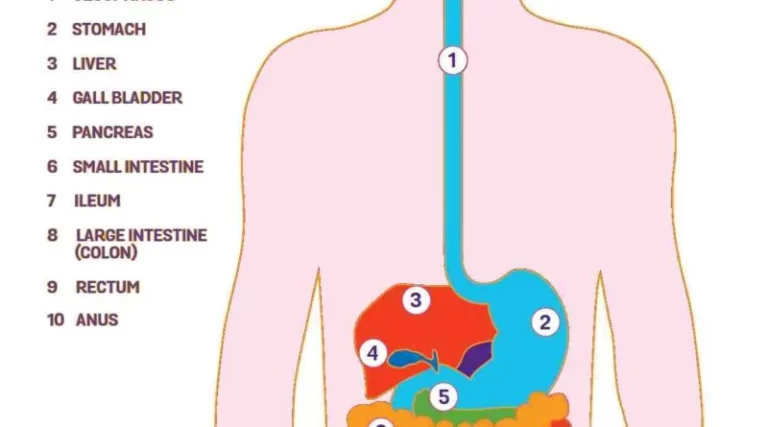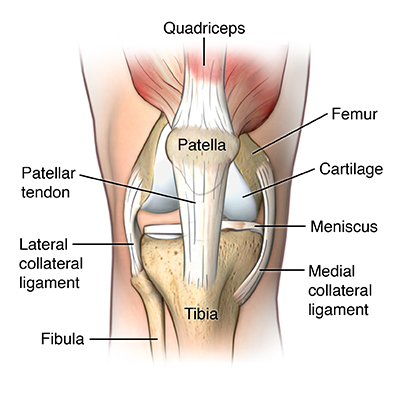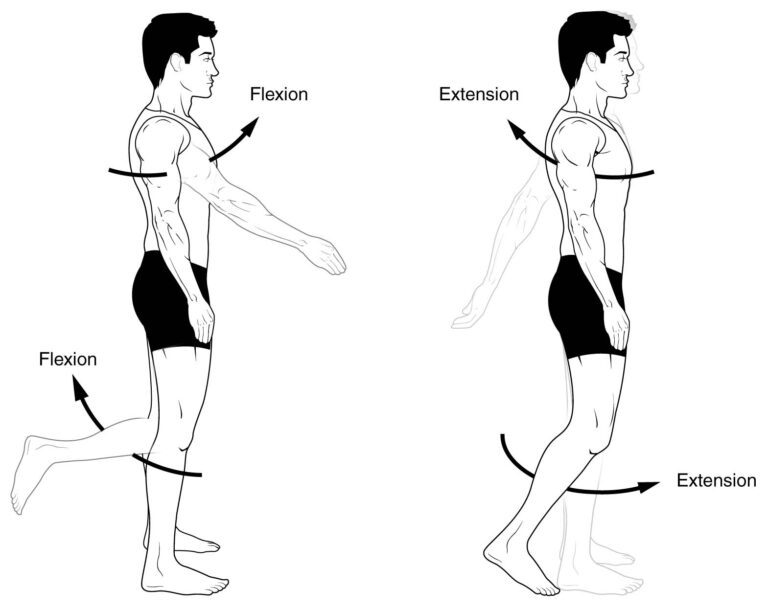Shoulder Internal & External Rotation
Shoulder internal and external rotation are essential movements that play a crucial role in the stability and mobility of the shoulder joint. The shoulder joint is one of the most complex joints in the human body, allowing for a wide range of motion. Internal and external rotation refer to the rotational movements of the upper…

